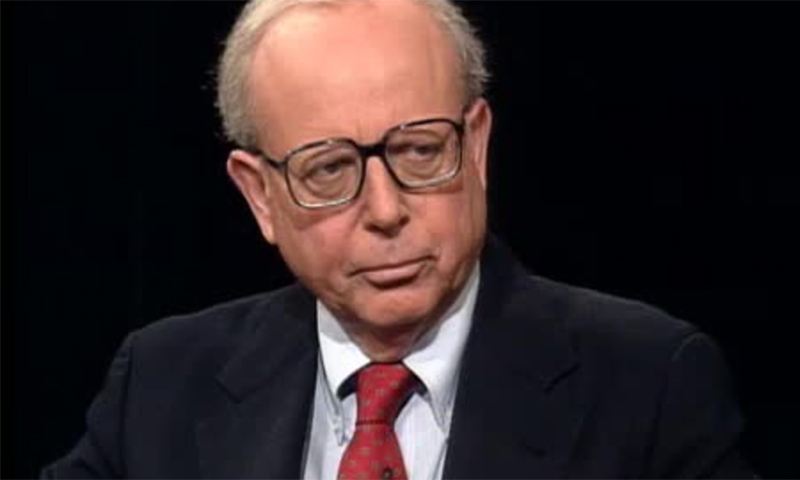Russia making mockery of Chemical Weapons Convention
In 1973 in Shikhany 1, a secret Russian military nerve gas laboratory near the city of Volsk on the Volga River, two scientists developed a nerve gas many times more powerful than any the world had seen. They called it Novichok, which means “newcomer.”
In March of this year, experts in Britain said the nerve agent used to poison Sergei V Skripal, a former Russian military intelligence officer, and his daughter Yulia in the quiet English town of Salisbury was Novichok. Both were placed in intensive care and survived. Prime Minister Theresa May said it was “highly likely” that the poison came from Russia.
Then on July 4, Novichok was back in the news, with a new and deadly layer of mystery. A man and a woman who had visited Salisbury were stricken in nearby Amesbury. The victims were identified as Dawn Sturgess, 44, who died on July 8, and her boyfriend, Charlie Rowley, 45, who was hospitalized in critical condition. The police opened a murder investigation, and by July 11, Rowley’s condition had improved to serious but stable, allowing him to speak with investigators.
It was apparent that the pair, unlike Skripal, had not been targeted and had no connection to intelligence or espionage. The mystery was how and where they were exposed to Novichok four months after the Skripals. Friends said Rowley was a “skip diver,” someone who searched dumpsters for valuables. In London, the Metropolitan Police said that tests of samples from the pair showed that “they were exposed to the nerve agent after handling a contaminated item.” Rowley may have touched or brought back an object that Skripal’s would-be assassin disposed of in a trash bin.
Both Novichok poisonings pointed to Russia, the only country known to have made and stored it. The Russians have denied any role, suggesting darkly that some other group may have poisoned the Skripals — an absurd claim given how difficult and dangerous it is to make, store and use Novichok. While the Russians had a motive to attack Skripal, it was perhaps out of carelessness that they also sickened the two more recent victims, one of them mortally.
Russia must be pressed to declare and destroy its stock of Novichok as required under the international Chemical Weapons Convention, to which Russia has been a signatory since 1997.
Not only have the Russians refused to take responsibility for the attacks in Britain, they also have denied knowing anything about Novichok.
For decades, Moscow has concealed its lethal existence from the world. Almost all nations, including Russia and the United States, have signed the convention, which requires the signatories to disclose and destroy all stocks of such weapons.
Russia has said it destroyed almost 40,000 metric tons of chemical weapons under the treaty, including sarin and VX. But Novichok was conspicuously absent.
According to Vil Mirzayanov, a scientist who worked in the nerve gas program, Novichok is colorless and, as far as anyone knows, odorless. “If you smell it, you’re dead,” he said. “So no one knows if it smells. It is basically invisible.”
The amount of Novichok stockpiled in Russia is unknown, but even the 1,000 tons believed to have been initially produced in the 1970s would be enough to kill several hundred thousand people, Mirzyanov said.
Nerve agents like Novichok kill by blocking an enzyme that controls the body’s nervous system, including the brain, breathing and muscles. Victims generally die of asphyxiation.
In 1995, Skripal, then a Russian military intelligence officer, began secretly spying for Britain. He was caught and convicted in Russia a decade later but in 2010 was freed in a spy trade along with three other Russians held by Moscow, in exchange for 10 Russians caught posing as Americans in the United States.
The Skripals apparently thought they were safe, living years later in a quiet rural town in England. But at the time of the spy trade, Putin warned that “traitors” would come to a bad end. “Traitors will kick the bucket,” he said. “Trust me. These people betrayed their friends, their brothers in arms. Whatever they got in exchange, those 30 pieces of silver they were given, they will choke on them.” It was a chilling warning.
In the worldwide reaction to the poisoning of Skripal, the United States and many other Western countries expelled dozens of Russian diplomats. In turn, Moscow expelled similar numbers of American officials. The resulting tension reached a level not seen since the height of the Cold War.
The assault on the Skripals echoed the murder in London in 2006 of Alexander Litvinenko, a critic of President Putin who had been an officer in the FSB, a successor to the KGB. He was killed with radioactive polonium-210 in a cup of tea that he drank while with a known Russian intelligence agent. It was widely believed that the substance could have come only from a Russian government laboratory.
Russia’s hidden arsenal of Novichok makes a mockery of the Chemical Weapons Convention. There is no evident way for the world to control the deadly nerve gas, since Russia has never admitted it has it. If Novichok was unleashed in a war, the casualties could be enormous.
Nerve gas is a weapon of mass destruction. It receives far less attention than nuclear proliferation. But like nuclear weapons, it is designed to kill. And it is clear from the attempted murder of the former spy in Britain and the latest deadly episode that the threat is real.
(David Wise is the author of “Cassidy’s Run: The Secret Spy War Over Nerve Gas”.)
Related Posts

